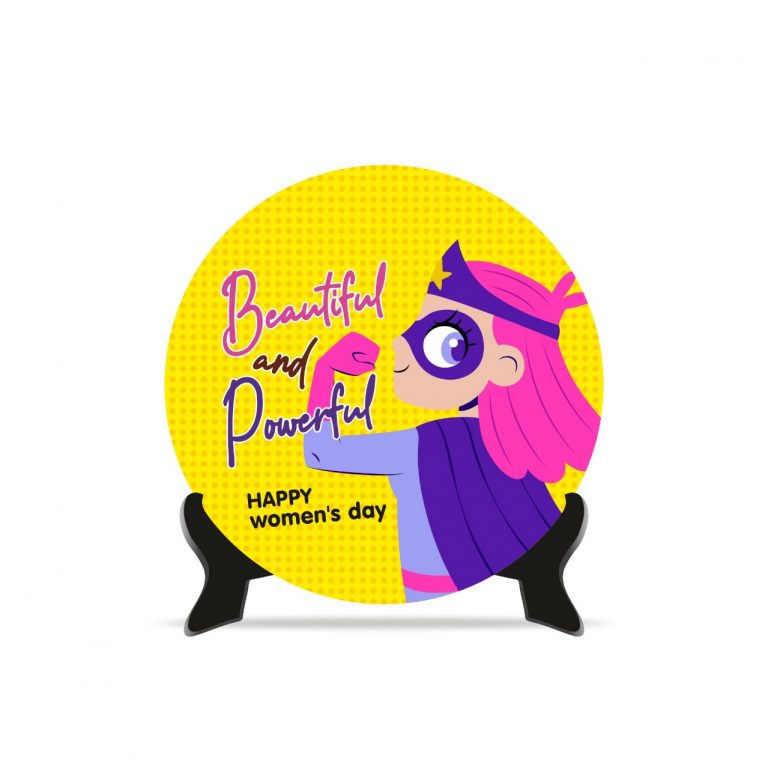Introduction
In today’s workplace, building a healthy workplace culture requires understanding each term: diversity, inclusion, and equity. For many organizations, clarifying the difference between diversity equity and inclusion is key to effective DEI planning. An inclusive workplace values and welcomes employees of all backgrounds, encouraging people to bring their full identities and ideas to work. In fact, employees at companies committed to DEI are twice as engaged and 19% more likely to stay. Surveys find that nearly 80% of workers want to work at companies that visibly value DEI. This explains why organizations prioritize diversity and inclusion to boost employee satisfaction and retention.
Diversity, Equity, and Inclusion: Definitions and Differences
Diversity refers to the mix of attributes people bring (race, gender, age, background, etc.). As one industry guide notes, “Diversity is the difference among people”. Equity focuses on fairness: ensuring processes and outcomes do not disadvantage any group. Inclusion means creating a sense of belonging, where everyone can participate fully and feel heard.
In practice, DEI efforts work together. For example, organizations often set goals to:
- Build a workforce with a wide range of backgrounds (diversity).
- Remove barriers so all employees have equal opportunities (equity).
- Ensure leaders seek and value feedback from everyone (inclusion).
These points highlight the difference between diversity equity and inclusion. Diversity is the “what” (who is in the room), equity is “fairness” (how people advance), and inclusion is “how” (how everyone works together). You can have diversity on paper, but without equity and inclusion it won’t create a positive environment; similarly, inclusive practices need a diverse workforce to have full impact. In fact, many companies bundle mentoring, training, and equity audits under their DEI initiatives to signal that they are tackling all three areas together.
Why DEI Matters in Workplace Culture
Organizations invest in diversity initiatives and DEI initiatives because they drive better business and a better employee experience. According to McKinsey & Company, companies with greater racial and ethnic diversity are 35% more likely to outperform their peers.. Inclusive cultures also create engaged teams. When employees believe their company is committed to diversity and inclusion, they are about twice as engaged and nearly 20% more likely to stay. These gains translate into a stronger employee experience and higher retention. For example, Qooper reports that companies with strong DEI values see “improved employee engagement and retention along with a better employee experience”.
Strong leadership drives these outcomes. Organizations with inclusive leadership are far more likely to hit business targets and innovate. Qualtrics finds inclusive teams are 19% more innovative and faster to market. Such leaders actively listen to all voices and cultivate psychological safety, which makes employees feel respected and motivated. In turn, companies see higher loyalty and a more positive environment as a result. Overall, then, DEI efforts -from diversity initiatives to inclusion programs -clearly improve workplace culture and business performance.
Implementing DEI Initiatives
Many organizations have formal DEI initiatives to turn concepts into action. As one industry survey shows, most firms now have DEIB programs, but only 14% call their efforts “advanced”.
Figure: Key findings from a 2023 industry survey on diversity, equity, inclusion, and belonging (DEIB). Only 14% of organizations rate their DEIB programs as “advanced”. Meanwhile 74% report having DEIB training programs, and 70% include unconscious bias training. These stats highlight that many companies measure diversity and inclusion but often fall short on achieving equity outcomes.
Diversity initiatives often target recruitment and representation. Many DEI programs include special outreach and mentoring for underrepresented groups. This ensures diverse talent pipelines so that “voices are heard” in decision-making. Relatedly, companies track more detailed diversity metrics (beyond simple headcounts) to guide hiring and promotions.
Related Posts
Equity initiatives tackle systemic barriers. Organizations conduct pay and promotion equity audits to spot unfair gaps. They also adjust policies to make advancement fair for all. For example, removing unnecessary degree requirements or providing support can open opportunities. However, current data show many companies still lack diversity in leadership -nearly 73% have fewer than 20% racial minorities among top executives-indicating room for improvement.
Inclusion programs reinforce a supportive environment. Many firms offer unconscious-bias training (70% do so) to make employees aware of hidden assumptions. They also establish Employee Resource Groups (ERGs) for women, minorities, LGBTQ+, and other communities to share experiences and drive change. Day-to-day inclusive practices -like diverse interview panels and rotating meeting facilitators -are encouraged. Empowering all employees to speak up without fear is key to making inclusion real.
The most successful companies weave these initiatives together. The survey notes that organizations leading in DEIB are over 7 times more likely to rate their own programs highly. In other words, beyond launching isolated diversity initiatives or bias training, the most effective DEI efforts involve leadership commitment, data-driven strategies, and accountability. When all these elements align, employees feel valued and the organization benefits from higher creativity and cohesion.
How to Create an Inclusive Workplace Culture
HR teams often ask how to create an inclusive workplace culture in practical terms. Best practices include:
- Inclusive Leadership: Train managers to recognize bias and actively seek input from all team members. Inclusive leaders make space for diverse ideas, which in turn drives creativity and trust. As Qualtrics notes, effective inclusivity helps “develop the best employee experience possible” by engaging everyone’s ideas.
- Equitable Policies: Review and update processes (hiring criteria, promotions, pay scales) to ensure fairness. Use data from equity audits to fix disparities, and remove unnecessary barriers (e.g. rigid degree requirements) that disadvantage some groups.
- Diverse Teams & ERGs: Continue building diverse teams with targeted recruitment and mentoring programs. Support Employee Resource Groups and mentoring so underrepresented employees can network, develop skills, and influence the culture. Diverse teams offer broader perspectives, improving decision-making and innovation.
- Ongoing Training and Feedback: Offer continuous training on DEI topics (including unconscious-bias training and inclusive communication) and regularly solicit employee feedback. Survey employees on their inclusion experience and act on the results. Demonstrating that feedback leads to change reinforces trust.
Inclusive culture requires sustained attention and shared responsibility. Companies benefit by making psychological safety non-negotiable: employees should feel comfortable speaking up without fear. When organizations align diversity initiatives with inclusive behaviors and clear equity practices, employees report feeling respected and engaged. This deepens engagement and loyalty, turning DEI efforts into real business value.
Conclusion
Understanding the difference between diversity equity and inclusion helps organizations set focused goals. Diversity is about who is present; inclusion is about how people work together; equity is about fair treatment of opportunities. Addressing diversity vs inclusion vs equity means treating each aspect as part of a whole. For example, hiring diverse candidates (diversity) is a first step -but without fair promotion paths (equity) and a welcoming environment (inclusion), those efforts fall short.
Disclaimer: The views, data and case studies we publish on our website are purely based on publicly accessible information and organizational disclosures. Amazing Workplaces® does not take a position on any legal or regulatory matters concerning any information available on our website.










